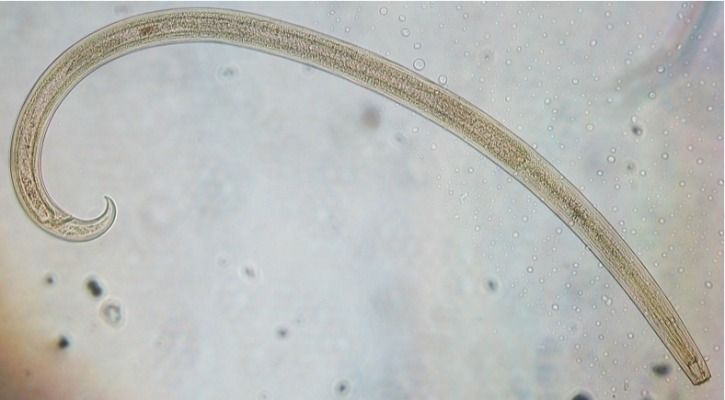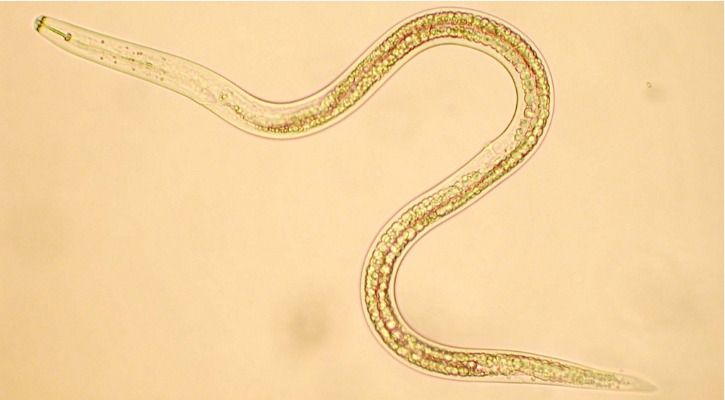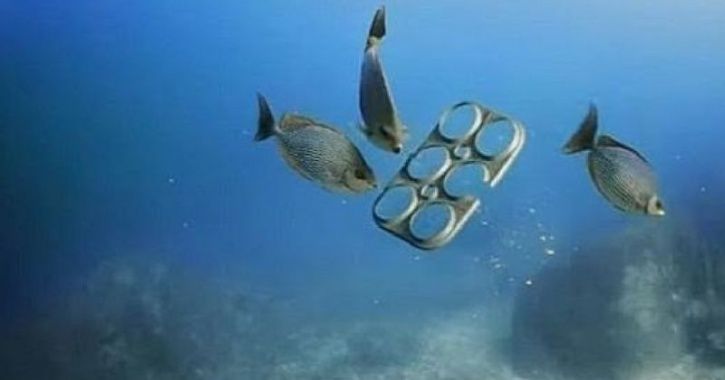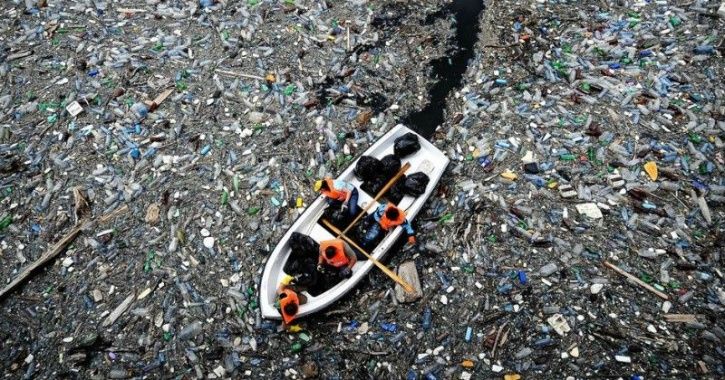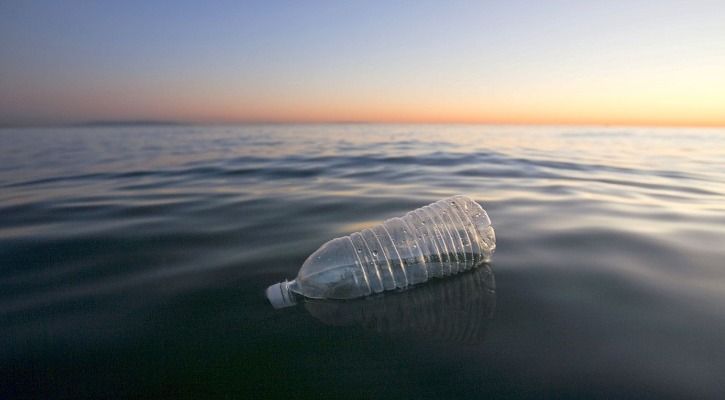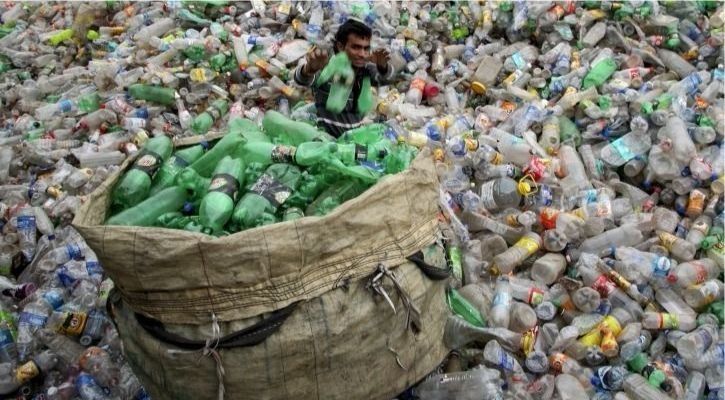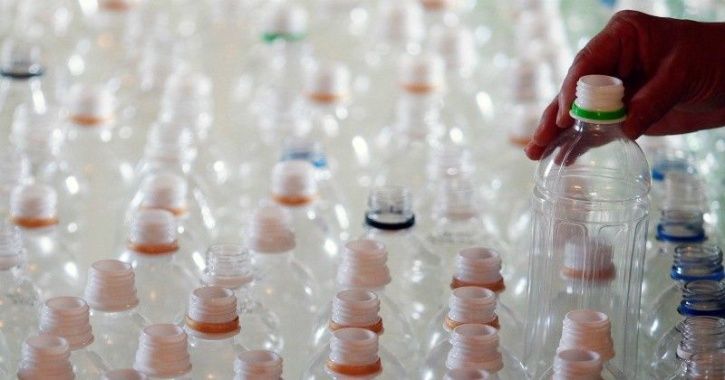Mars will be closest to Earth on Tuesday, a phenomenon that occurs once in every 15 years. The phenomenon takes place whenever the red planet reaches its position of ‘opposition’, when Earth is between Mars and the sun. This year, Mars’ opposition took place at the same time the blood moon was visible on July 27. When the planet reaches its closest distance from Earth later today, it allows stargazers to see it in its brightest form.
Here is when and how users can get the best view of Mars, and why this opposition is different from its previous versions.
Mars gets closest to Earth on July 31: What is Mars’ opposition?
Each planet has its own orbit around the sun, and takes a fixed time to complete a revolution around it. But because the distance of each planet from the sun differs, the time taken by each planet to revolve around the star varies. Earth takes roughly a year (or 365.25 days, to be exact) to complete a revolution around the sun, while Mars does it in 1.88 years (approximately 687 days). Since the orbits of the two planets are of different lengths, they come close to each other once every two years. The last time Mars came close to Earth was in 2016.
In some cases, as the two planets get closer to each other, the Earth – being closer to the sun – comes between the star and the red planet. In this case, Mars appears opposite the sun, and is said to be in ‘opposition’. During opposition, a planet will appear larger than usual, and its brightest colours are visible. In the case of Mars, its brightest shades of red or orange will be visible.
The last time Mars was close to Earth was in 2003, when the red planet came within 34.6 million miles (55.7 million km) of our planet. It was the closest Mars had been to Earth in 60,000 years, according to NASA. Today, the planet will be at a distance of 35.8 million miles (57.6 million km) from Earth.
This phenomenon is expected to occur next in 2034. This year’s opposition took place during the total lunar eclipse and blood moon, making the red planet appear dim. The moon and Mars were visible beside each other, and both celestial bodies were visible in shades of red.
Mars gets closest to Earth on July 31: Date and time, how to watch
On the evening of July 31, and the planet will be seen rising from the Gemini constellation in India and you will be able to see it with the naked eye. To view specific details of Mars’ surface, stargazers can view the planet through a telescope.
There is presently a planet-wide dust storm on Mars, a phenomenon that is said to occur when the planet is closest to the sun in its orbit. So not many features of the red planet may be visible today.
If the weather is a problem at your location due to the monsoon, you can view NASA’s live stream of the Mars sighting from the Griffith Observatory. The live stream can be found on the space agency’s website, or NASA’s YouTube channel from 1.30pm EST (around 11pm IST). The broadcast will continue till 4pm EST (1.30am IST on August 1).
Mars will next be close to Earth in October 2020. At the time, Mars and Earth will be 38.6 million miles (62.1 million km) apart.

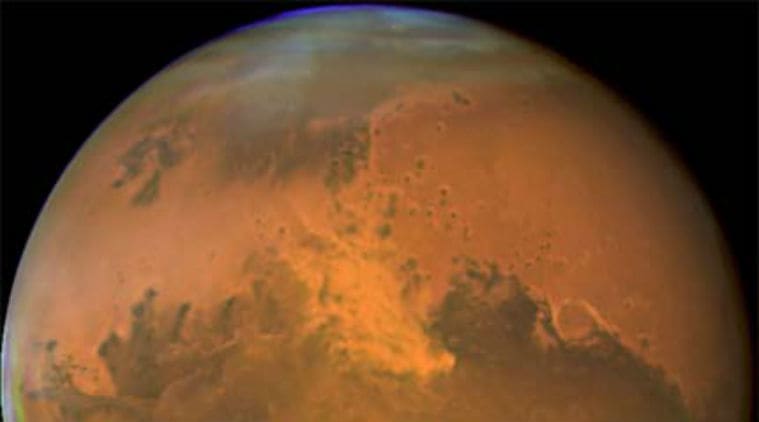 Mars gets closest to Earth; date and time, how to watch, what to expect: Mars will be at its closest distance to the Earth during an Opposition phase, a phenomenon that occurs about once in every 15 years. (Image Source: NASA)
Mars gets closest to Earth; date and time, how to watch, what to expect: Mars will be at its closest distance to the Earth during an Opposition phase, a phenomenon that occurs about once in every 15 years. (Image Source: NASA)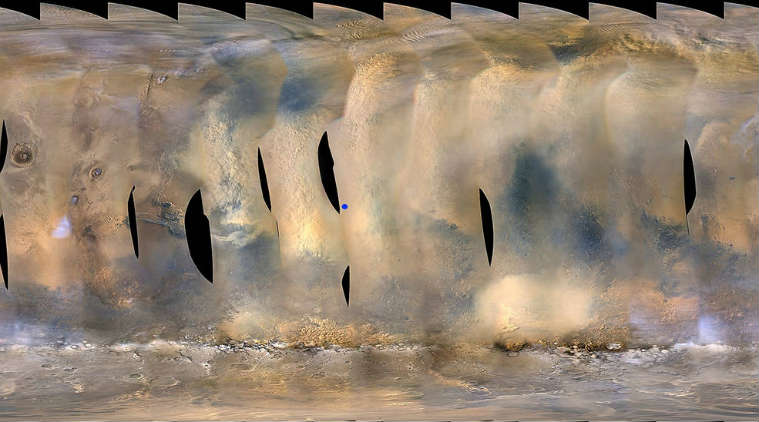 NASA has captured many images of the planet-wide dust storm that has been affecting Mars since June this year. (Image Source: NASA)
NASA has captured many images of the planet-wide dust storm that has been affecting Mars since June this year. (Image Source: NASA)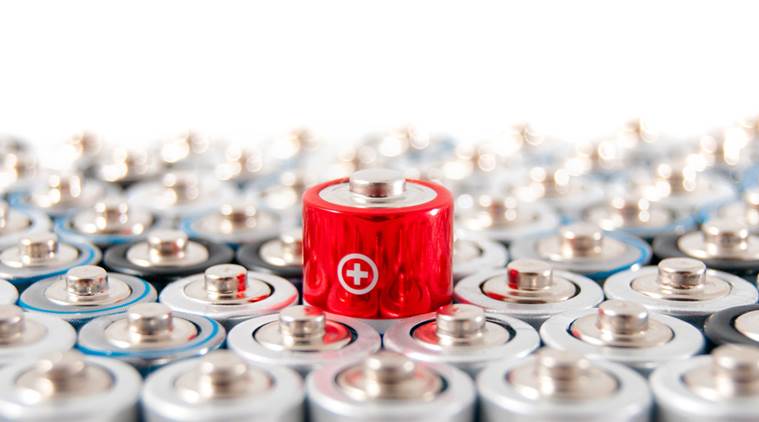 Scientists have identified a new class of materials which could be used to make smartphone batteries that charge faster. (Image Source: ThinkStock)
Scientists have identified a new class of materials which could be used to make smartphone batteries that charge faster. (Image Source: ThinkStock)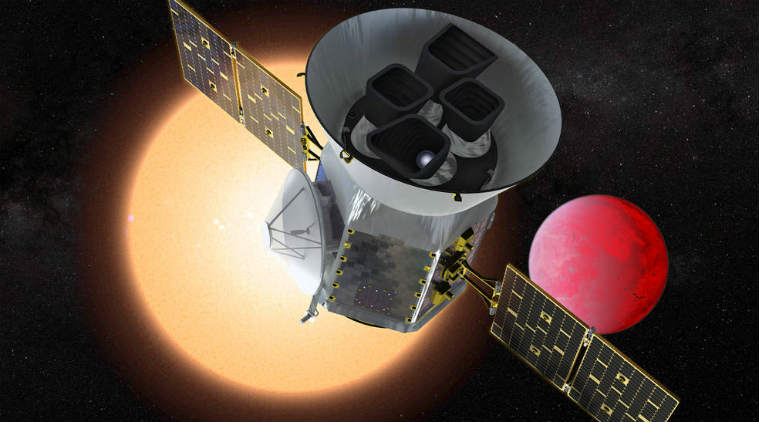

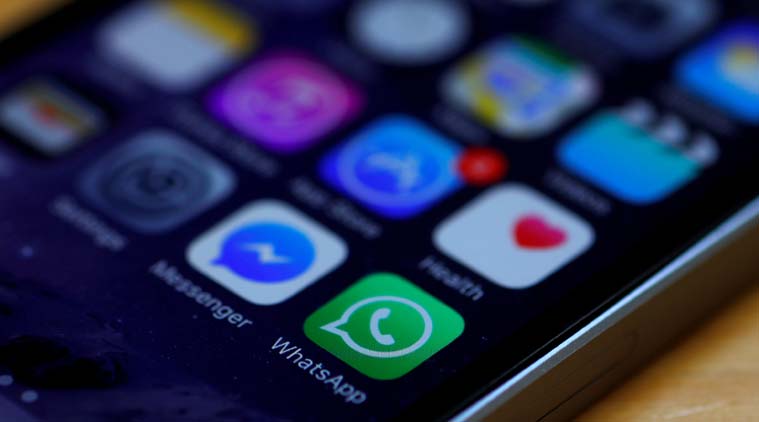 WhatsApp tips and tricks: Take a look at five tips and tricks on Android that will make you a smarter WhatsApp user.
WhatsApp tips and tricks: Take a look at five tips and tricks on Android that will make you a smarter WhatsApp user. WhatsApp actively adds nifty features to make the platform more useful and fun, which means there is a lot more you can do on the app than just messaging.
WhatsApp actively adds nifty features to make the platform more useful and fun, which means there is a lot more you can do on the app than just messaging.